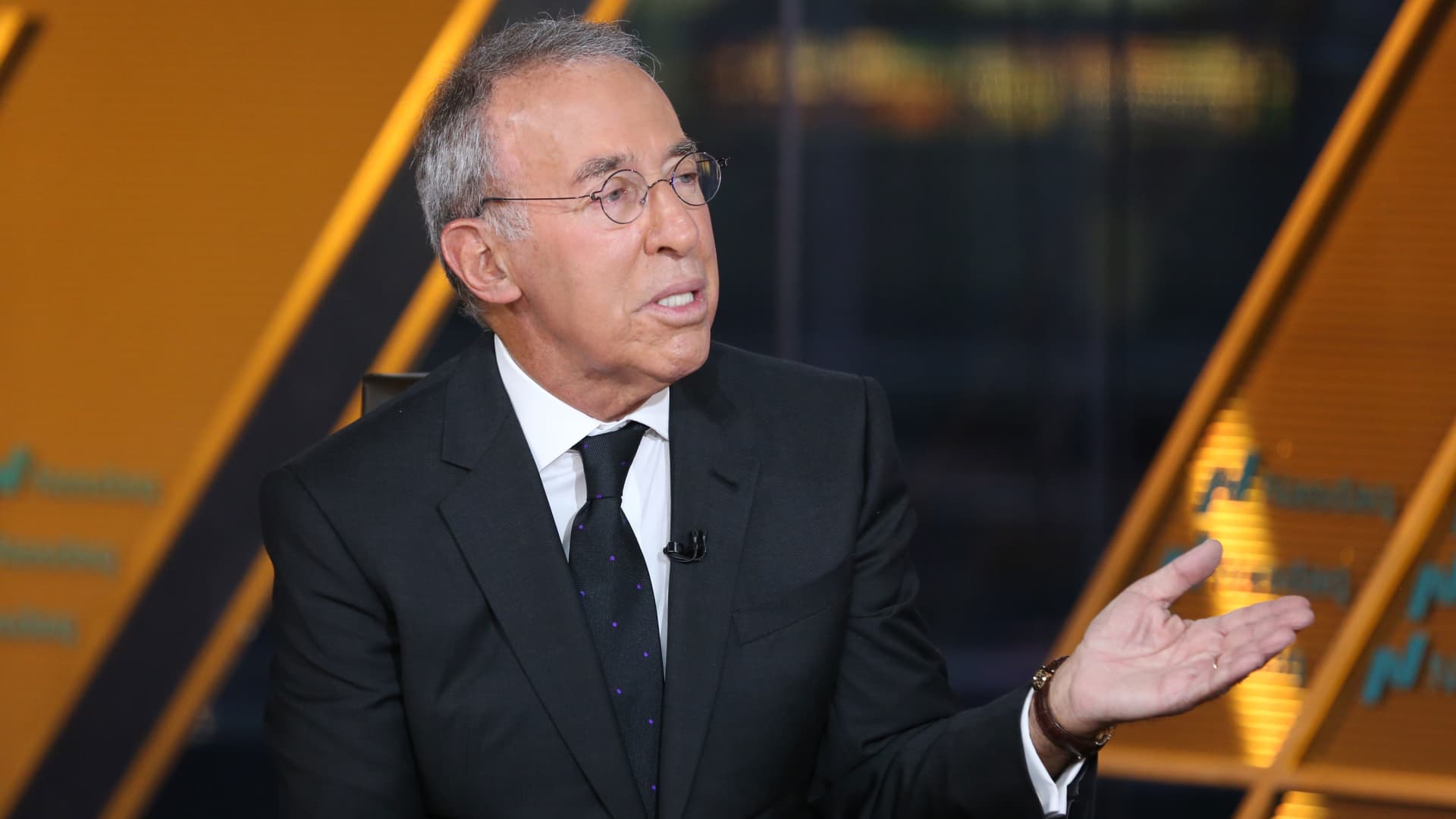Australia’s consumer inflation accelerates to 3.8% in October, overshooting estimates

Pedestrians at Pitt Street Mall in Sydney, Australia, on Thursday, July 24, 2025.
Brendon Thorne | Bloomberg | Getty Images
Australia’s inflation accelerated in October, exceeding analysts’ estimates and rising at its fastest pace in seven months, data from Australian Bureau of Statistics showed Wednesday.
The consumer price index rose 3.8% in October, year on year, marking its fastest pace since April, according to the official release. That was higher than economists’ average estimate for a 3.6% rise in a Reuters poll.
This is the first time that the ABS has released the complete monthly consumer price index, as the government transitions from quarterly CPI to using the monthly gauge as the primary measure for headline inflation.
“The shift to a complete monthly CPI means we now see all expenditure classes each month,” said Sunny Nguyen, head of Australia economics at Moody’s Analytics, noting that the headline and trimmed mean inflation figures ran “a little hotter” than the earlier indicators had suggested.
The largest contributor to consumer inflation was the housing sector that saw price growth of 5.9%, driven by higher costs in electricity, rents and new dwellings. Electricity costs surged 37.1% in October as households used up government rebates for power bills.
“With national home prices at new record highs, housing affordability has reached a new record low,” said Shane Oliver, chief economist at AMP, citing a dire undersupply of housing.
Prices for food and non-alcoholic beverages, recreation and culture rose 3.2% from a year earlier.
The trimmed mean measure of underlying inflation that excludes volatile items came in at 3.3% in October, compared with 3.2% in the prior month, the official data showed.
On a monthly basis, the headline CPI was flat compared to September and analysts’ estimates for a 0.2% contraction.
The Reserve Bank of Australia held interest rates at 3.6% earlier this month, saying it was cautious about easing further given higher inflation, a stronger-than-expected recovery in consumer demand and a revival in the housing market.
RBA Governor Michele Bullock said month that the current interest rate cutting cycle could be close to an end, with the central bank forecasting inflation to stay above its target range of 2% to 3% until the second half of next year.
“It’s possible that there are no more rate cuts. It’s possible there’s some more. But as I said earlier, we didn’t go as high, so we might not have to come down as far,” she said in a speech following the November decision.
The central bank expects headline inflation to peak at 3.7% in June next year before easing to closer to the midpoint of the target range toward end-2027.
“The October figures again lean toward the ‘more persistent inflation’ narrative,” said Nguyen, predicting that any discussion of easing will be pushed into mid or late 2026.
Improved business conditions and robust economic growth offer the Australian central bank room to keep rates steady to rein in inflation.
A gauge on Australian business conditions picked up in October, rising to the highest level since March 2024, according to a survey by National Australia Bank earlier this month, as companies reported better sales and profits.
Australia’s economy expanded more than expected in the second quarter, growing 1.8% year on year, accelerating from 1.3% in the prior quarter, underpinned by domestic spending including household and government consumption. The GDP data for the July to September period will be released on Dec. 3.
Australia’s benchmark stock index, S&P/ASX 200, was 0.73% higher on Wednesday. The Australian dollar depreciated 0.36% to 0.6491 against the U.S. dollar. Yield on the 10-year government gained 4 basis points to 4.474%.









